Guess Who Doesn't Have Lungs?

An Incomplete List of Creatures Without Lungs
- Bees. Bees, like many insects, have tiny tubes instead of lungs. A bee's tubes are located in his fuzzy little belly. They open and close via spiracles. So, if a bee was going to talk to you, his voice would probably come from his abdomen instead of his face. If you want to drown a bee, you will have a hard time doing it, because he can close his spiracles easily, making him watertight and bouyant. Also, you shouldn't drown a bee. He is just minding his own business. You are being rude.
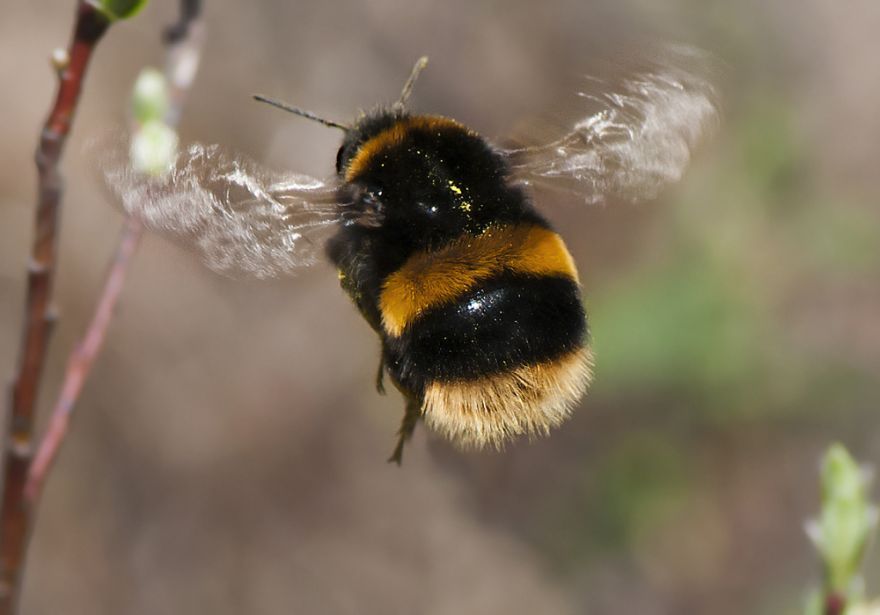
- Mushrooms. Mushrooms do not have lungs. This is a common misconception. Many people think that the saying "a mushroom loves nothing more than a good lung" proves that mushrooms have lungs, but they are wrong. In fact, the truth is quite the opposite: mushrooms enjoy lungs because lungs are damp and dark and quiet, a perfect home for a mushroom to grow in. Would you turn away a neighbor in need?
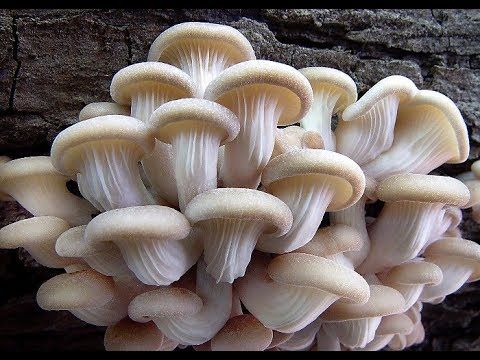
- Jellyfish. A jellyfish doesn't have lungs OR tubes. In fact, a jellyfish doesn't have a single respiratory structure. No gills, no lungs, no spiracles. A jellyfish has thin enough skin that she can just diffuse oxygen from her environment whenever she wants. But she doesn't need all that much oxygen, because the goo that makes her jelly-ish is nonliving goo, and it doesn't need oxygen to exist. A jellyfish will be just fine with a tiny bit of oxygen and a good strong leg around which she can wrap a loving tendril of fire.
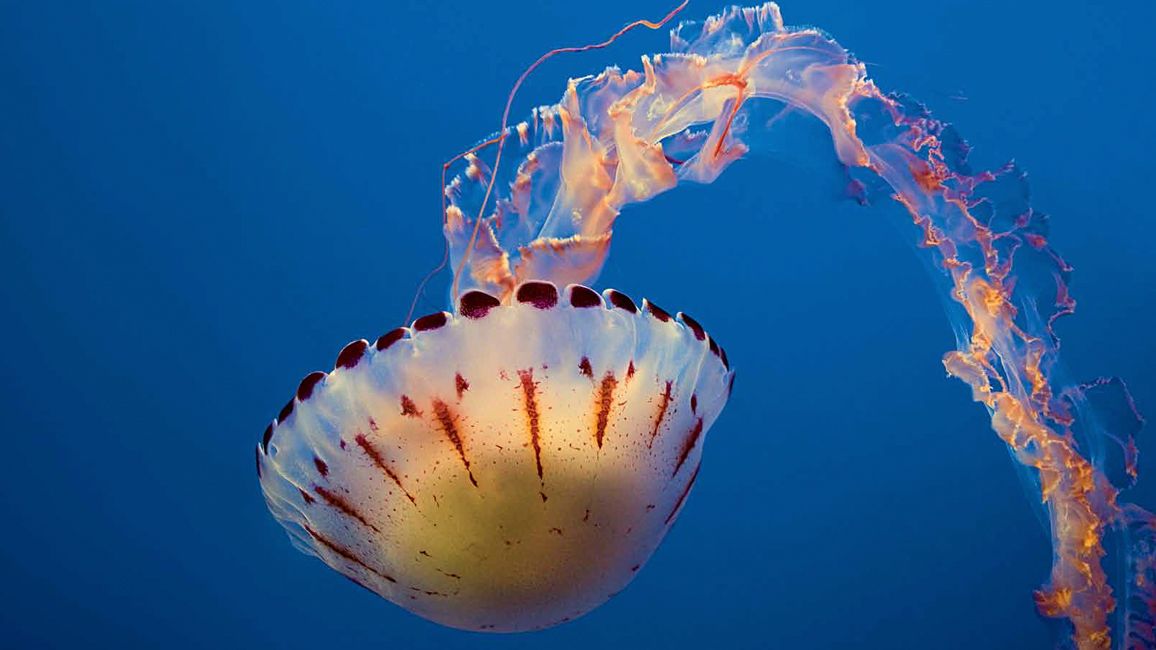
- Dolores. Yes, we had an argument. Yes, things got heated. No, I do not know why Abigail does not have lungs anymore. She had lungs when I saw her last. She had lungs when I left her company. No, you may not come inside and take a look around. I have not seen her. Good day.

- Plethodontidae. Also known as the lungless salamander, which tells you a lot about the lung situation right up front. They breathe through their skin. They also have a projectile tongue like a chameleon. That is not relevant to the lung situation, but I thought you would like to know. The lungless salamander has been around since the Miocene period, and he is very tired of looking for parking.
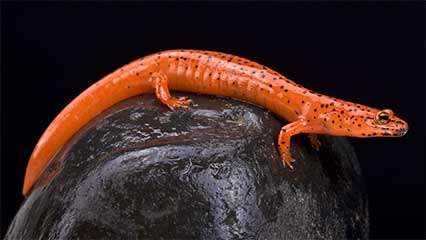
- Earthworms. Like humans, earthworms are covered with a layer of mucous. Air dissolves into the mucous, and then diffuses into the blood. This is why it is very important for earthworms to remain damp at all times: if they dry out, they suffocate to death. Earthworm scientists refer to that as "a bummer."
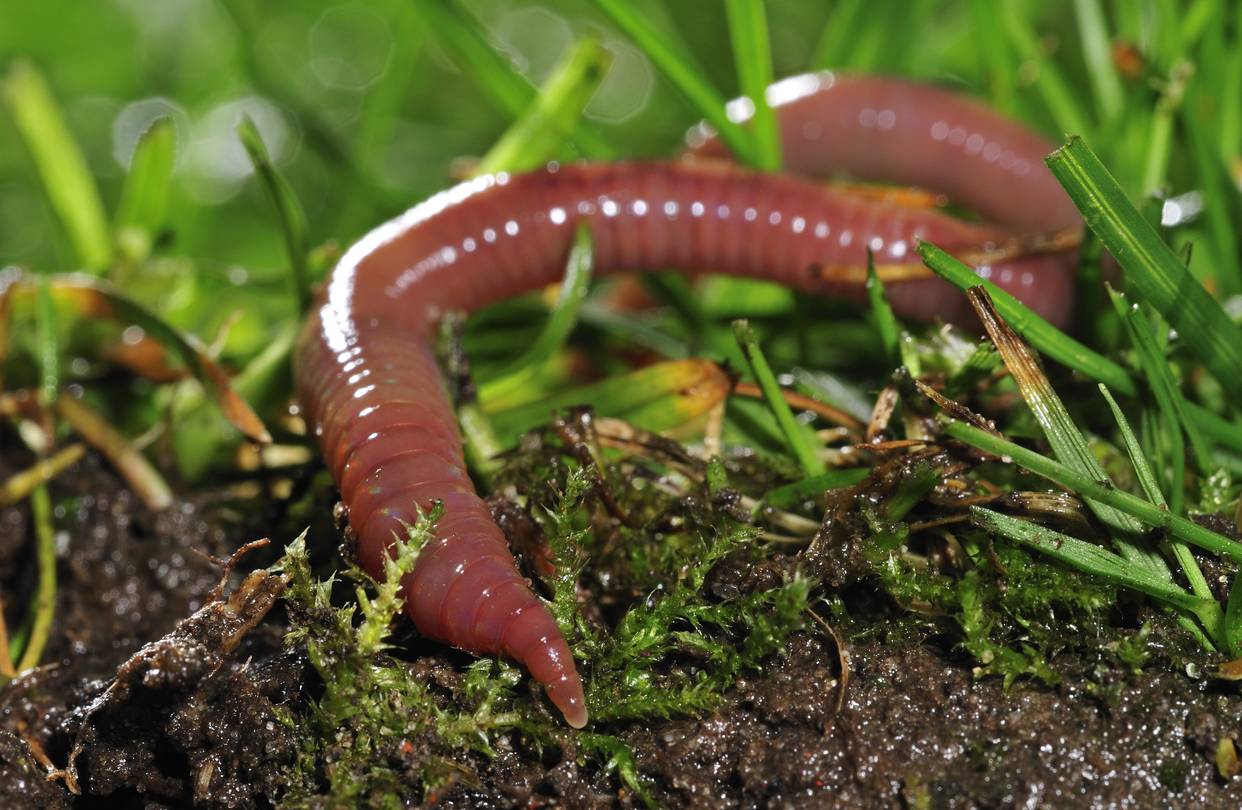
- Large Bells. While small bells use lungs to breathe, large bells (above ~750kg) do not. They respire primarily through their clappers, which swing slowly enough to collect oxygen. When the clapper reaches the strike point of the interior curve of the bell, it releases the oxygen it has collected, dispersing it into the body of the bell, where the circulatory system can access it.

- Dolores again. Are you back, with your invasive questions? No. No more of this. I said good day.







Member discussion